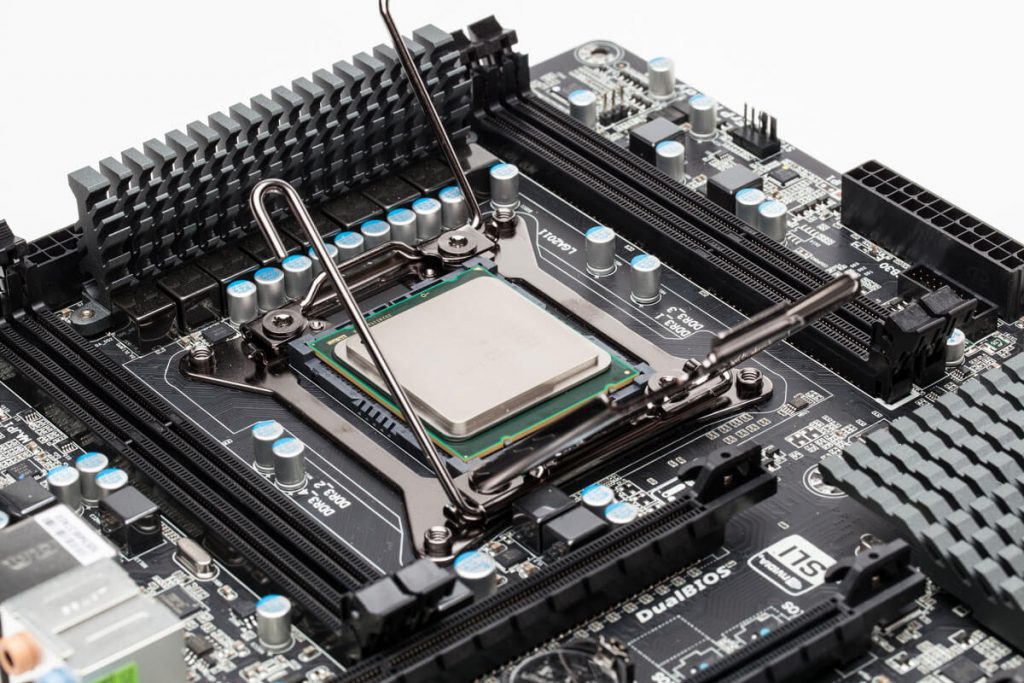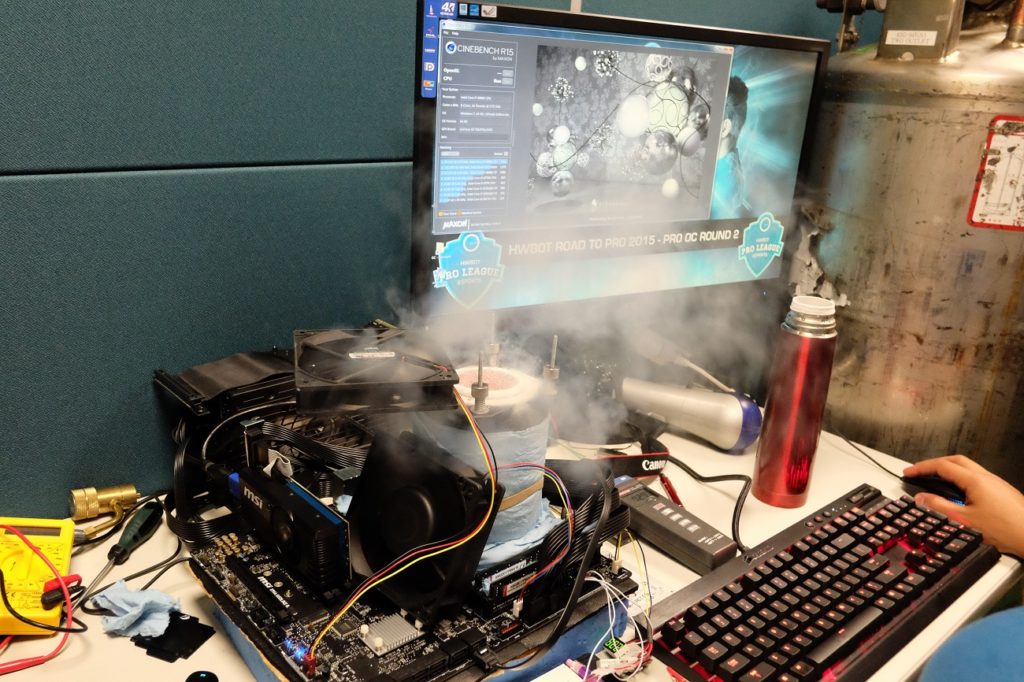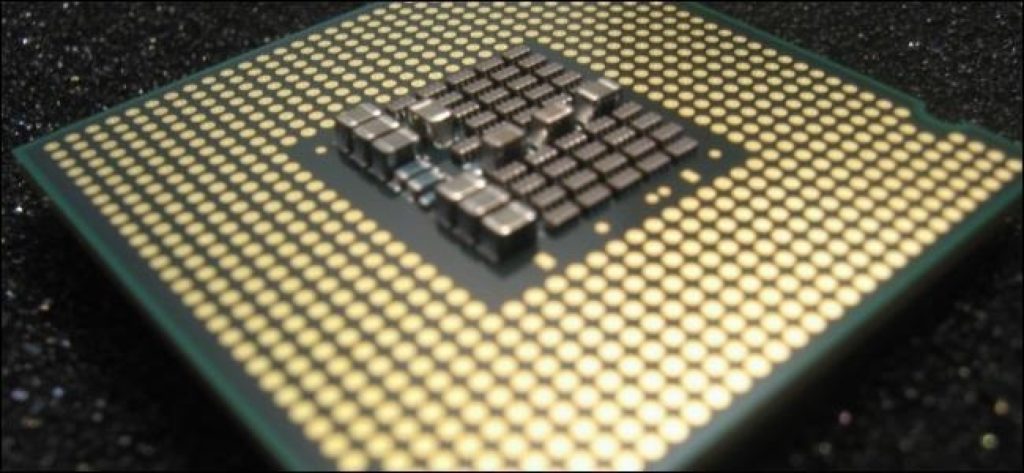Well, who doesn’t like building their computers? Actually, not that many people are into such “inconveniences” nowadays. Maybe just a bunch of remnant geeks and nerds like me, and maybe you. Now imagine you have the power to put together your own CPU like actually assemble it. For decades we have been building personalized computers. You can separately buy a GPU, a CPU, a monitor, HDD/SSD, casing, keyboard, etc, and assemble a PC. Now imagine if you could go a step further and similarly assemble your CPU using components from various manufacturers. It’s all about to happen courtesy of a new standard called the UCIe.
UCIe stands for Universal Chiplet Interconnect Express and is being backed by all the big names in the tech industry. Does it remind you of PCIe? It should as the concept behind UCIe is quite similar to that of PCIe. As you may know PCIe is a standard that adds to your PC’s functionality using ports and slots. In a similar fashion, UCIe adds to the functionality of a chip with slots for extra chiplets. To be honest, this is not an entirely new concept. Recall the Intel Kaby Lake G Processors from 2018 that came with AMD graphics?
UCIe builds on that concept and pushes it much further while also standardizing it, standardization is very key. Think of it this way, an Intel SoC chip with a wireless radio from Qualcomm, graphics from Nvidia, AI from Google, and security protocols from Microsoft. This means you can Frankenstein together the best of everything in the market into a single package. The big question now is how is this modular chiplet design better than the current SoC we already have.
Also Read:
Need For The UCIe Standard
At the moment, the manufacturing process for SoCs is done on the basis of single monolithic chip production. This presents a couple of significant manufacturing disadvantages. For starters, we are almost at a point where Moore’s law is at its limits. Moore’s law states that roughly every two years, the number of transistors on microchips will double. This law from 1965 has held true until now as computational progress has been becoming smaller, faster, and more efficient.

We are now at the limits of how small a transistor we can make. This obviously means we need to make the chip on which the transistors are cast bigger in order to improve performance. Making chips bigger comes with its own problems, the main one being increased chances of a manufacturing defect. A single-minute defect makes the entire chip useless. And of course, no one wants to keep disposing off large expensive chips because of minor defects.
Also Read:
You Can Mix and Match Anything
In an effort to counter the aforementioned wastage, manufacturers want to make small chips (chiplets) that can be assembled into a large chip. This is where UCIe standardization comes in. Now instead of every manufacturer making their own chiplets that are only compatible with their chips, they want a uniform standard for the industry. This means chiplets from AMD should fit and function on an Intel chip.
To take it a step further, you can mix chiplets that are manufactured using varying process nodes onto a single chip. For example, a 12nm node, a 16nm node, and a 22nm node can be used on one chip. This is important because there are some specific chips that work best with larger process nodes/transistors. For instance, 5G and WiFi chips need larger transistors as it minimizes signal leakage. This will surely open opportunities for manufacturers to make special-purpose chips. It also eliminates the need for a ground-up redesign when the need arises.
Also Read:
How UCIe Works: Compute Express Link (CXL)
Remember how we said earlier that UCIe and PCIe standards have something in common? Normally an AMD graphics card will be slotted into a PCIe slot on your PC and be in communication with a CPU on the motherboard. Actually, UCIe can use a PCIe interface for chiplets to communicate with each other. However, UCIe standard is designed to also use a communication protocol much better than PCIe. The protocol is called Compute Express Link (CXL). Basically, CXL is the bigger brother to PCIe and is mainly used in data centers.

Now, considering that chiplets are sitting just millimeters (mm) away from each other. The PCIe application will also work much better than it would under normal applications. We are talking 1.3TB/s for each mm of chip edge with very low latency. This fast exchange of data means UCIe chips can mix features that would traditionally need to be on separate cards or chips. At the same time with a lot less power consumption.
Also Read:
- M.2 SATA SSD vs M.2 PCI Express (PCIe) SSD vs NVMe
- PCI Express 5.0 will double PCIe 4.0 speeds to 128GBps
Conclusion
This is a very new standard that manufacturers are still familiarizing themselves with. Thus there will not be a lot of devices on the market with UCIe support at the moment. However, you can bet all your worth that UCIe is about to take off and become the industry standard. How do we know this? Well, Qualcomm, Intel, Samsung, Google, AMD, ARM, Meta, TSMC, and Microsoft have all thrown their weight behind the UCIe standard. Conspicuously missing are Apple and Nidia, hopefully, they are yet to make up their minds.
Also Read:
- Why Laptops Are Getting Lighter (But More Powerful)
- AMD Discloses Its Naming Scheme For 2023 Processors
Discover more from Dignited
Subscribe to get the latest posts sent to your email.












